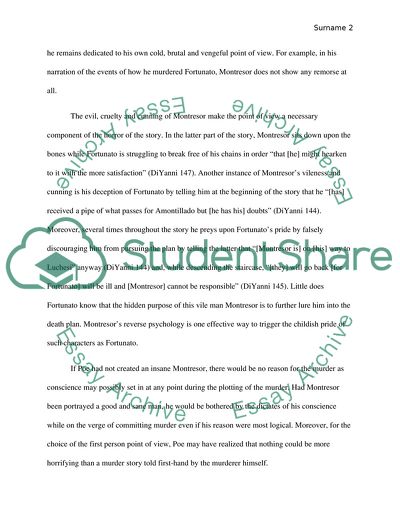The Cask of Amontillado and the Raven Literature review Example | Topics and Well Written Essays - 1750 words. https://studentshare.org/literature/1735330-the-cask-of-amontillado-and-poem-the-raven-how-does-the-use-of-point-of-view-symbolism-and-imagery-function-in-each-piece
The Cask of Amontillado and the Raven Literature Review Example | Topics and Well Written Essays - 1750 Words. https://studentshare.org/literature/1735330-the-cask-of-amontillado-and-poem-the-raven-how-does-the-use-of-point-of-view-symbolism-and-imagery-function-in-each-piece.


